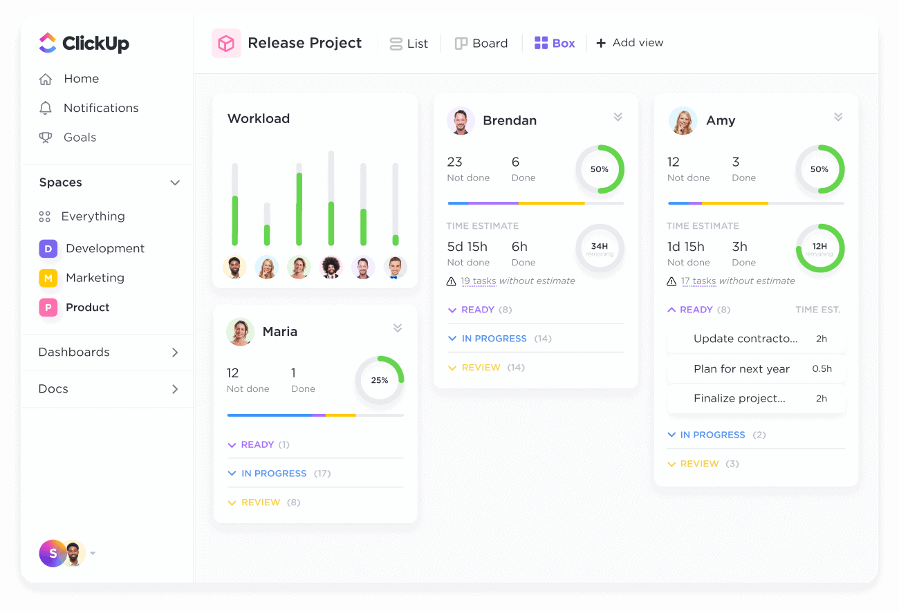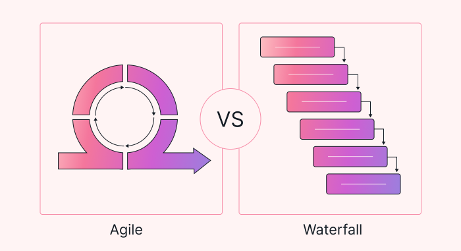Contact us
Tech to Market
Essenstraat 1
5616 LG Eindhoven
The Netherlands
From chaos to clarity
You’ve just wrapped up a brainstorming session with your marketing team. Excitement is in the air, and everyone is buzzing with ideas for the next big campaign. You’re ready to hit the ground running—until the chaos sets in. Emails fly, tasks get lost, and suddenly, you’re wondering how to keep it all together. Oh, and let’s not forget— when you think you’ve got it figured out, it’s budget season! Time to trade in that excitement for some serious spreadsheet action and forecast fun.
Sound familiar? If so, keep reading 😉
A strong project management strategy isn’t just a nice-to-have; it’s essential for turning those creative sparks into a successful project. After all, without a solid approach, those brilliant ideas might just end up as “projects that could have been!”. So, let’s explore why this is important and how to get it right.

Why Does It Matter?
You wouldn’t start a marathon without training. The same goes for your marketing projects. Effective management sets the stage for success, ensuring your team can deliver their best work without stumbling over miscommunications and missed deadlines.
Whether you are part of a large team or just two people, it keeps everyone in sync. Even with a small team, tools like shared roadmaps in ClickUp, an organized design system in Figma, and weekly check-ins can do wonders in clarifying roles and keeping tasks on track.
- Sparks the best work: When everything’s organized, your team can unleash their creativity without getting bogged down by details. This means stirring out the assets you need, minus the stress.
- Keeps projects on track: Gaps in your process can lead to confusion and missed deadlines. With a clear system, you avoid the chaos of last-minute revisions and keep the project moving forward.
- Avoids frustrations and disconnects: Yes, this is a business relationship, but it’s also about collaboration. When expectations aren’t clear, it leads to frustration on both sides. Project management helps everyone feel valued, inspired, and aligned.

Work smarter, not harder
- Make it yours
No two projects (or teams) are alike. To tap into the full potential of your marketing initiatives, get to know your team’s unique skills and working styles. Start by establishing crystal-clear goals that outline what success truly looks like. When everyone understands the endgame, aligning efforts becomes effortless and instinctive. - Keep It Simple, Stupid (KISS Principle)
Simplicity is your secret weapon. Streamlining processes minimize mishmash and charges productivity. Checklists are your best friends here—create a clear roadmap of tasks so everyone knows their responsibilities and deadlines. When things are straightforward, your team can focus on what really matters: delivering amazing results without the hassle! - Strong teamwork
Strong teamwork is the heartbeat of any successful project. Kickoff meetings set the stage for open communication, clarifying roles and responsibilities from the get-go. Encourage a feedback loop to keep the energy flowing and everyone engaged. Set up channels where ideas and troubles can be shared freely and create a culture that thrives on collaboration. When the team is together, magic happens. - Change is the only constant
Make it a habit to schedule regular check-ins—whether weekly or bi-weekly—to maintain momentum and address challenges as they arise. Stay curious and never shy away from asking questions. This openness not only fosters innovation but also pushes your projects forward. - The key: seeing the bigger picture
When everyone understands how their unique roles fit into the larger narrative, they’re not just going through the actions—they’re truly committed and engaged. A clear vision sparks passion and fosters collaboration, making it easier to face challenges head-on.
Don’t get stuck in the flow
Let’s dive into traditional waterfall methodology. It’s a tidy, linear process that takes you from conception to closure—appealing, right? But here’s the catch: this rigid framework can stifle creativity and responsiveness. When market dynamics shift or a brilliant idea comes up, your team might find themselves scrambling.
That’s where agile methodologies come into play. By breaking projects into sprints, teams can work iteratively, assess progress, and pivot as needed. Agile champions flexibility, fosters frequent feedback, and creates a culture of collaboration and innovation, ensuring your projects are always in tune with the pulse of the market.

Image credits: Motion
Some tips!
As we wrap up, I want to share a few key moments that keep our projects energized and everyone at their best. These aren’t just routine check-ins, they’re part of the agile framework’s ceremonies, designed to keep teams aligned and focused, even when things get chaotic. They help redistribute tasks when someone’s feeling overwhelmed—no micromanagement needed! Here’s how it works:
- Daily stand-ups: Quick, high-energy check-ins to align tasks and tackle immediate challenges.
- Weekly sessions: Dive deeper into project progress and spark fresh ideas.
- Monthly reviews: A broader look at goals, performance metrics, and team dynamics to celebrate wins.
- Sprint retrospectives: Reflect on completed sprints to acknowledge successes and pinpoint growth opportunities.
What's next?
Implementing these strategies is about more than just checklists; it’s about creating a powerhouse for success. A solid system empowers teams to reach ambitious goals while maintaining a clear but flexible path to achieving them.
Take content creation, for example. When you have a clear plan in place, deadlines are met, content stays on brand, and everyone knows what they need to do. The same goes for social media—posts stay on schedule, performance is tracked, and teams communicate effectively. Running an email campaign? You’ve got a roadmap for each stage, from brainstorming to sending the final email, so nothing gets overlooked. Even for a website release, we keep all the moving pieces in sync—designers, developers, marketers—so everything’s tested, ready, and launched without any last-minute panic.
The bottom line? No matter the task or project size, project management brings structure and clarity. It helps keep teams aligned, deadlines to be on track, and everything moving forward without the chaos.
At its heart, it fosters an environment where innovation thrives, communication flows freely, and teams feel empowered to reach their goals (and so much happier). By embracing these practices, you can transform your marketing projects into incredible success stories.
Some last tips!
Interesting reads
- Scrum: the art of doing twice the work in half the time by Jeff Sutherland
- The hard truth about innovative cultures by Gary p. Pisano, Harvard Business Review
- Grip: the art of working smart by Rick Pastoor
- Tools for the future: your best semester by Notion, Arc and Figma
Interesting tooling
- ClickUp/Jira: Ideal for managing complex projects, timelines and team members.
- Airtable: Great for planning content and keeping everyone aligned.
- Figma: Simplifies collaborative design with smart automation.
- Notion: Combines notes, tasks, and databases for cloud-based team collaboration.
- Microsoft Teams/Slack: A hub for instant messaging, file sharing, and integrations.
- Miro: Perfect for brainstorming and visually mapping ideas.
- Octopus: A collaborative tool for efficiently planning and visualizing website maps.
Written by Maria Roby, B2B Marketeer at Tech to Market.